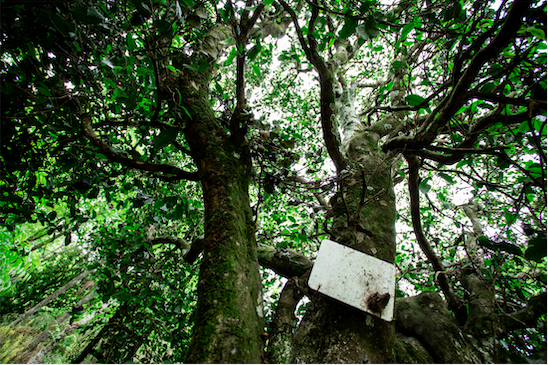The History and Culture of Tea: An Enduring Symbol of the East
Tea, one of the world’s oldest beverages, is not only a symbol of Eastern culture but also a bridge that connects civilizations across continents. From an imperial tribute in ancient China to a healthful drink in modern cities, tea carries with it a rich history and deep cultural significance.
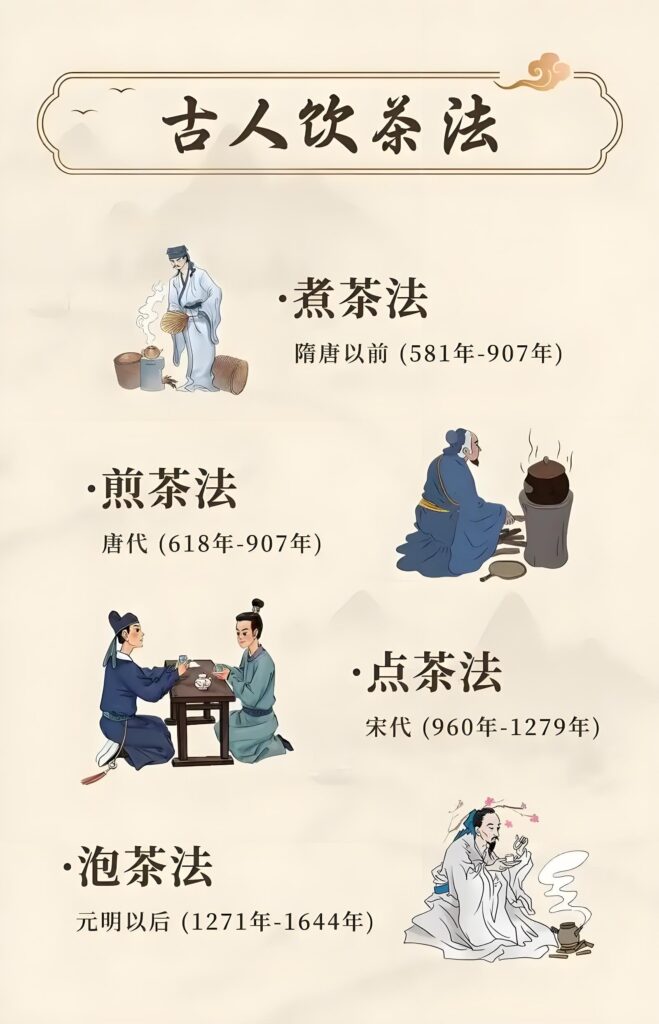
1. The Origin of Tea: A Tale of Shennong
The history of tea dates back to 2737 BCE. According to legend, Emperor Shennong discovered tea when a tea leaf accidentally drifted into his boiling water. As he was known for tasting hundreds of herbs, he realized tea had detoxifying and revitalizing properties. This marks the legendary beginning of tea in Chinese culture.
2. The Evolution of Tea: From Medicine to Daily Ritual
- Han and Tang Dynasties: Tea culture began to flourish, especially during the Tang Dynasty when Lu Yu, known as the “Sage of Tea,” wrote The Classic of Tea, the first monograph on tea.
- Song and Yuan Dynasties: Practices like tea whisking and tea contests emerged. Tea became integrated into everyday life, not just among nobles.
- Ming and Qing Dynasties: Loose-leaf tea gained popularity. The categorization of tea—such as green tea and black tea—became established. Tea art and ceremonies matured during this period.
- Modern Era: With the development of trade routes like the Silk Road and the Ancient Tea Horse Road, Chinese tea culture spread worldwide and became a part of global beverage traditions.
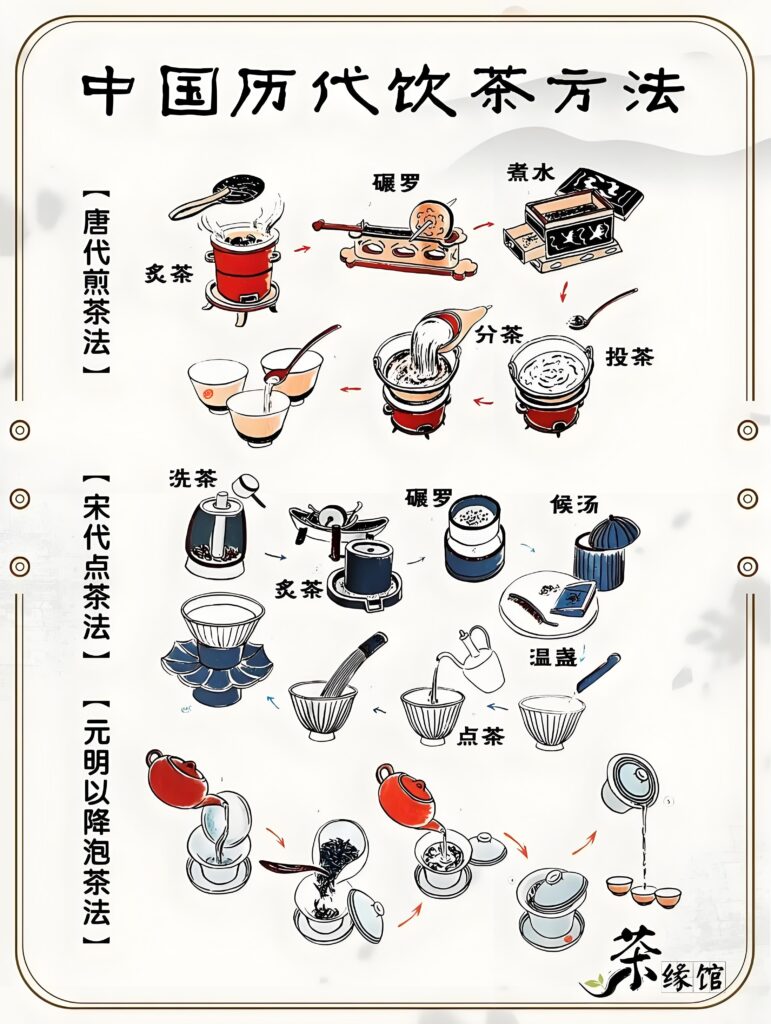
3. The Cultural Essence of Tea: A Reflection of Eastern Philosophy
Tea is more than a drink—it’s a cultural phenomenon. Chinese tea culture values purity, respect, harmony, and beauty, reflecting the integration of Confucian, Taoist, and Buddhist philosophies.
- Tea & Philosophy: Tea rituals embody ideas like “harmony with nature” and “meditation through stillness.”
- Tea & Aesthetics: From teaware to tea spaces, every detail reflects traditional Chinese aesthetics.
- Tea & Etiquette: Serving tea to guests and elders is a vital expression of Chinese hospitality and manners.
4. Global Tea Culture: A Blend of Tradition and Innovation
Today, tea transcends borders and has become a cultural staple around the globe. British afternoon tea, Japanese matcha ceremonies, and Indian masala chai are examples of how tea adapts and thrives in different societies. Despite diverse forms, tea remains a symbol of serenity, inclusiveness, and cultural exchange.
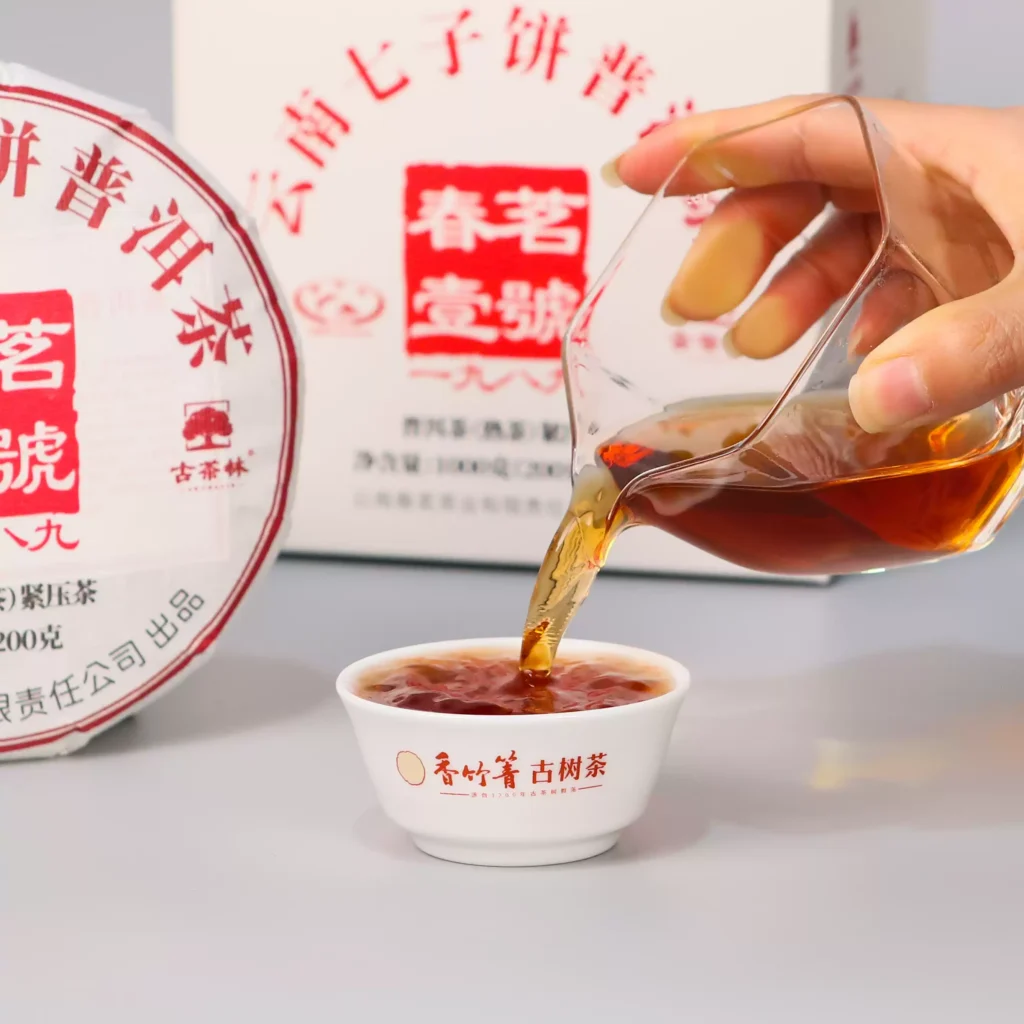
5. Why Understanding Tea’s History and Culture Matters
Exploring the history and culture of tea allows us to better appreciate its unique charm and the wisdom it represents. For those who value tradition and quality living, tea is not just a drink—it’s an art form, a philosophy, and a timeless connection to human heritage.
Frequently Asked Questions (FAQ)
What is the origin of tea?
Tea originated in China. According to legend, it was discovered by Emperor Shennong over 4,000 years ago and was initially used for medicinal purposes.
What are the core values of tea culture?
Tea culture is built on four core values: purity, respect, harmony, and beauty, reflecting deep philosophical traditions of the East.
What are the major forms of tea culture worldwide?
Tea culture is represented globally through practices such as Chinese tea ceremonies, Japanese matcha rituals, British afternoon tea, and Indian chai traditions.
Why are black tea and green tea significant?
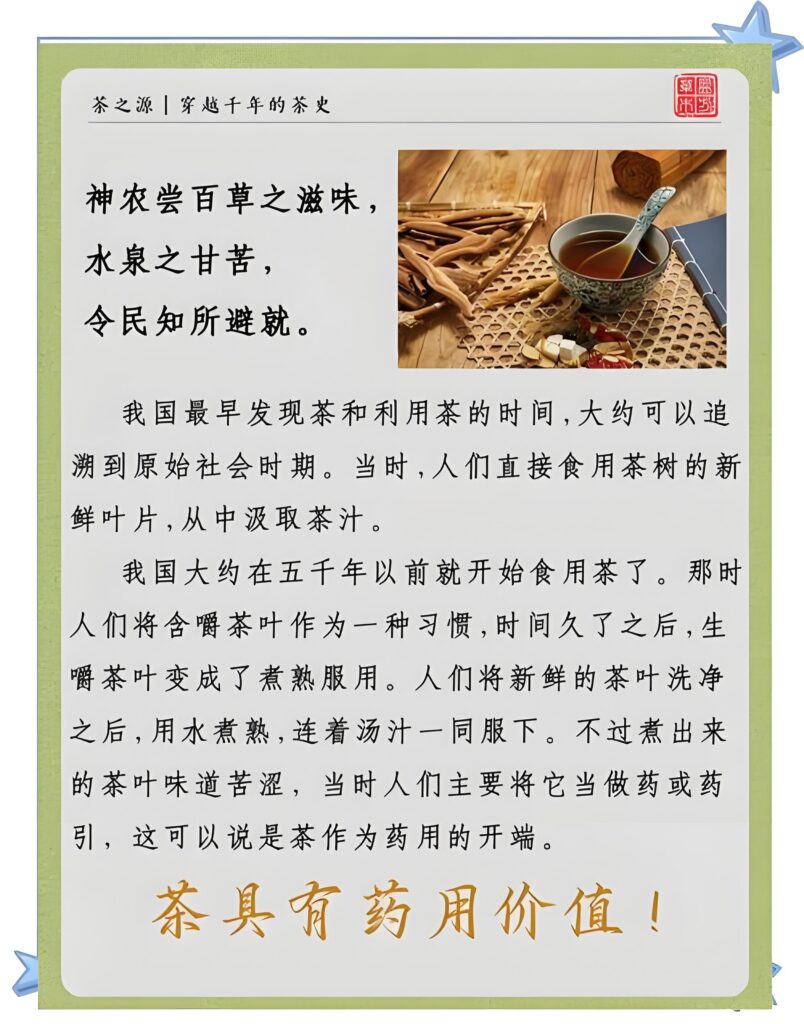
Black tea and green tea are the most iconic types of tea. Their rich history, production techniques, and cultural symbolism make them central to both traditional and modern tea culture.
How can I learn more about tea culture and tea products?
Visit our official website to discover more about black tea, zeleni čaj, and the cultural heritage behind them. We offer expert guidance and custom tea solutions.
👉 Contact Us: https://longyuanfamily.com/contact-us/vv
